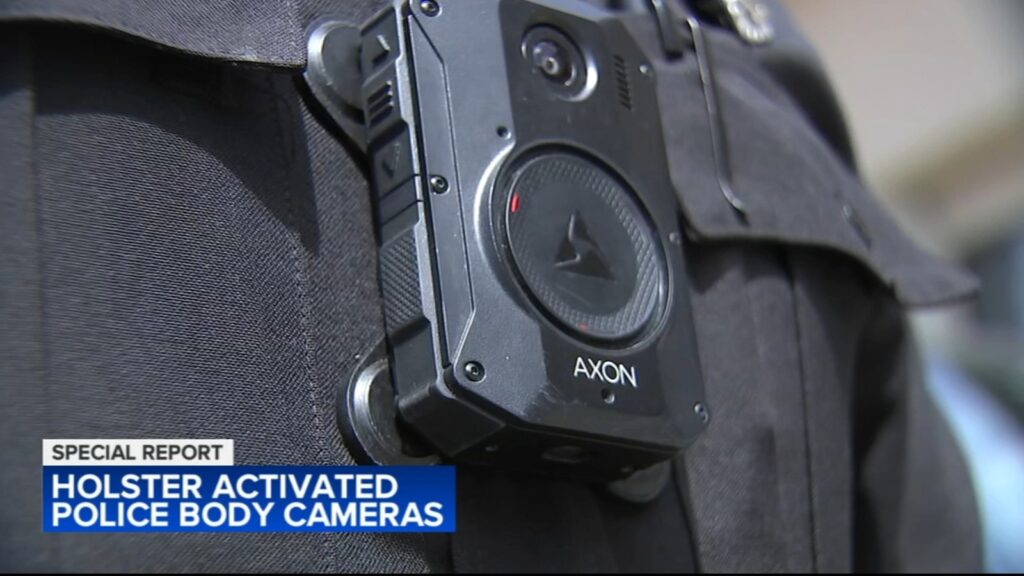The Philadelphia Police Department recently announced plans to equip officers with a new technology – holster-activated body cameras. These cameras represent the latest innovation in improving police accountability and transparency regarding use of force incidents. In this article we talk about What’s the scoop on Philadelphia Police new holster-activated body cameras.
How Do Holster-Activated Body Cameras Work?
Holster-activated body cameras operate by automatically turning on and recording when an officer draws their firearm from its holster. This eliminates the possibility that an officer could fail to manually activate their camera during a stressful situation.
As soon as the camera activates, it also automatically triggers any other nearby officers’ cameras within Bluetooth range. This ensures the fullest documentation possible of any police encounter involving weapons.
The cameras utilize buffering technology to continuously record and store video temporarily without saving it. But if the holster sensor is triggered, the cameras permanently save the footage from two minutes before activation as well as ongoing video. This captures the critical lead-up to the use of force incident.
At the end of each shift, officers dock their cameras at the station. This both recharges the cameras and uploads the footage to cloud storage for review and analysis.
Why Are Police Departments Adopting This Technology?
Use of force encounters can unfold quickly, leaving little time for officers to react while also trying to activate their cameras manually. Holster-sensor cameras eliminate this problem by starting automatically.
The cameras also allow officers to focus fully on responding to the situation rather than worrying about manually operating equipment. As Philadelphia Police Commissioner Kevin Bethel noted, “I was involved in a shooting, I could not imagine at that time if I had to stop and hit my camera and engage.”
In today’s age of ubiquitous cell phone videos and concerns over appropriate police responses, holster-activate body cameras help reinforce accountability and transparency. Both officers’ and citizens’ actions are documented unbiasedly by the cameras.
Complete footage of use of force incidents allows leadership to better review and assess situations as well as use video for ongoing training and improvement programs.
Early Adoption Success Stories
The Evesham Township Police Department in New Jersey pioneered use of this new technology over a year ago. Since then, it has proven valuable for both evidence documentation and officer training.
As Evesham Chief of Police Walt Miller stated, “Most policing is done outside of the view of your supervisors, including me, and you think as an officer you got it right because nobody told you you got it wrong.” The body camera footage provides that oversight and opportunities for improvement.
Looking Ahead to Broader Adoption
Cost has been a hindrance for some police departments seeking to upgrade body camera systems. But with declining expenses for data storage and cameras, holster-activated systems are becoming more budget-friendly.
Grants are also helping more departments, like Philadelphia’s, take advantage of 21st century technologies to improve policing. Philadelphia expects to have their new body cameras deployed by the end of 2024.
As more officers use the systems, best practices will emerge to ensure smooth adoption across departments. But already, holster-activated body cameras are demonstrating their value for enhanced accountability and public trust. I sincerely hope you find this “What’s the scoop on Philadelphia Police new holster-activated body cameras?” article helpful.






